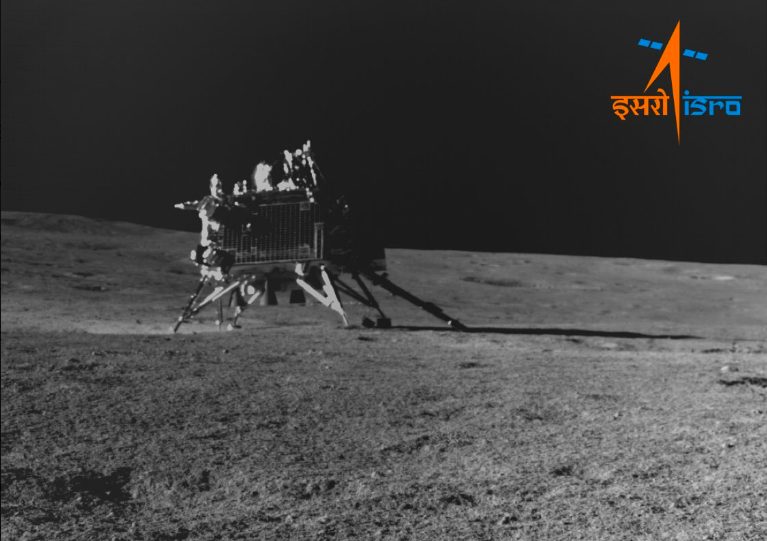
Chandrayaan 3: A Taste of Success with Masala Dosa and Filter Coffee?
On August 23, India celebrated a historic achievement as it successfully landed a rover on the moon’s south pole. The Indian Space Research Organisation (ISRO) made history by becoming the first to explore this uncharted lunar region. However, the secret behind the success of Chandrayaan 3 might surprise you: Masala Dosa!
Recently, a mission scientist at ISRO shared an unconventional approach to ensuring the mission’s success. They revealed that the team was treated to free Masala Dosa and filter coffee every evening at 5 PM. Venkateshwara Sharma, the mission scientist, explained, “We cracked it by offering a free masala dosa and filter coffee at 5 p.m. every evening. Suddenly, everyone was happy to stay on longer.”
The moon landing astonished many, as other major space agencies had not ventured into the moon’s south polar region until now. ISRO broadcasted the iconic landing procedure live on its YouTube channel, social media pages, and even on DD National.
Chandrayaan 3 continues ISRO’s efforts following the unsuccessful Chandrayaan 2 mission in 2019, which did not achieve a soft landing. Remarkably, the mission stands out as one of the most cost-efficient space missions ever, with a budget of only INR 615 crore. This achievement is especially impressive considering that it comes in under the earlier, more modest budget of Chandrayaan 2, which was INR 978 crore.
The Vikram lander and Pragyan rover of Chandrayaan 3 have a mission duration of 14 days, and they are currently halfway through their mission. However, they will not return to Earth after their mission is over. Instead, they will be left on the lunar surface and decommissioned. These spacecraft generate power using solar energy, and although their mission is designed for 14 days, they often outlive their expected lifespans.
Dr. Sanat K Biswas, an Assistant Professor at the Space Systems Laboratory, Indraprastha Institute of Information Technology, Delhi, explained, “Chandrayaan-3 is not designed to return to the earth. Vikram and Pragyan will remain on the lunar surface. If the lander and the rover remain functional (often they do), ISRO will continue collecting data about the lunar surface using them.”
Regarding the question of whether Vikram and Pragyan can be considered space junk after they become defunct, it’s important to note that they will not contribute to the space junk problem. Space junk typically refers to non-functional objects remaining in Earth’s orbit, posing a risk to active spacecraft. Since Vikram and Pragyan will remain on the Moon’s surface and are not floating in Earth’s orbital space, they do not fall into the category of space junk.
Chandrayaan 3’s unique success story, fueled by Masala Dosa and filter coffee, continues to inspire and intrigue the world, while its lunar artifacts, Vikram and Pragyan, will remain as silent witnesses on the moon’s surface, far from the realm of space junk.

Comments are closed.